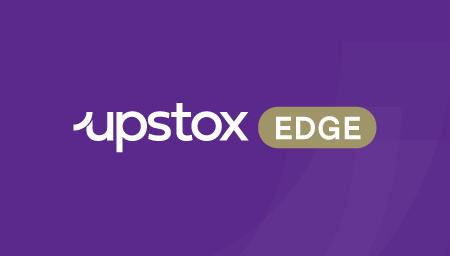When it comes to financial investments, there are a plethora of options available stocks, mutual funds, bonds, REITs to name a few. An individual invests in these instruments through different platforms—broker, asset management company, third-party app. It often becomes difficult to keep a tab on all such investments that you make during your lifetime. Enter the consolidated account statement, or CAS.
What is CAS?
A CAS is a single statement of all your investments in the securities market. This initiative was taken following the 2014 Interim Budget announcement to create one record for all financial assets of every individual. The CAS covers all investments in equity shares, preference shares, sovereign gold bonds, corporate bonds, debentures, securitised instruments, money market instruments and government securities held in demat. The CAS also covers investment in mutual fund units across different fund houses.
Do note, however, that the CAS will cover only those investments where you are the first account holder.
How is CAS generated?
The consolidated account statement is generated on the basis of your PAN number. All the securities linked to the PAN reflect in the CAS. The statement covers investments in assets that are regulated by the Securities Exchange Board of India or SEBI.
Depository firms (CDSL and NSDL), Asset Management Companies (AMCs) and Registrar and Transfer Agents (RTAs) have put in place a system for generation and dispatch of single CAS to investors having MF investments and demat holdings. AMCs and RTAs share the information pertaining to MF holdings with the depositories on a monthly basis. The depositories then add information on securities held in demat accounts. Both are combined for generating the CAS.
How can one view CAS?
The CAS is sent to the registered email address of the PAN holder in the form of a password-protected PDF. The PAN number is usually the password. The statement is sent out on a monthly basis. Separately, CAS can also be accessed on the depository firm’s website by providing credentials such as PAN and beneficial owner (BO) ID.
An investor could also request that a hard copy of the CAS be sent to them via post.
What is the benefit of a CAS?
A CAS offers a consolidated view of all financial assets across asset classes. It does away with the need to access this information through various intermediaries. Also, it eases the burden of maintaining a record of all investments at an individual level.
The CAS also shows the monthly change in an investor’s financial wealth. This helps analyse the performance of one’s portfolio over a period of time and compare it to overall market performance. The CAS also provides a portfolio composition table. This helps us understand the portfolio diversification across various asset classes.Thus, the CAS can help an investor analyse and monitor investments and make informed decisions.
For direct stock holdings, a CAS provides information such as number of shares in the demat, their face value and market value. For debt holdings such as government securities, it shows the issuer name, maturity date and its value. In case of MFs, folio number, average cost per unit, current value, and annualised returns are some information that is displayed.
If there are any discrepancies in the CAS, an investor can bring it to the notice of their broker or AMC. As the CAS is sent electronically, it reduces paperwork and makes it easy to access.
Frequency of CAS
The CAS is sent out on a monthly basis when investors transact in their demat account or in any of their mutual fund folios. However, if investors have not carried out any transactions, the CAS gets sent on a half yearly basis.



